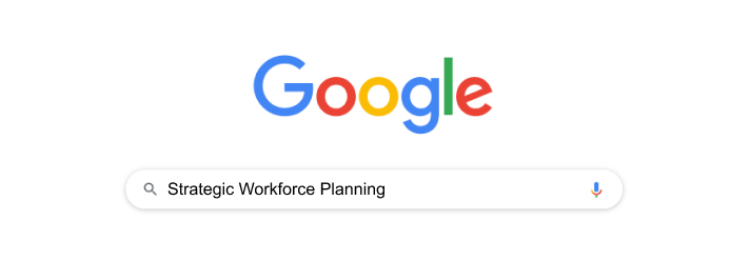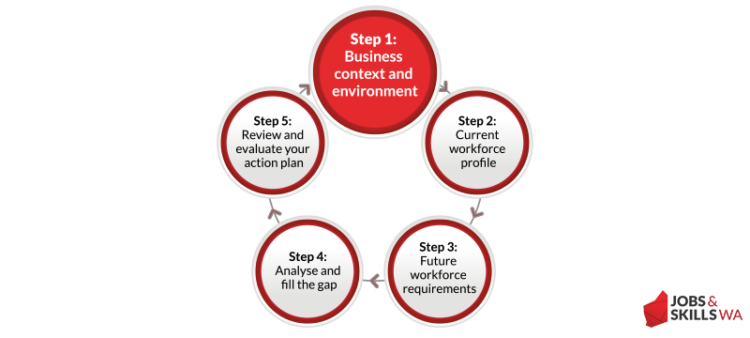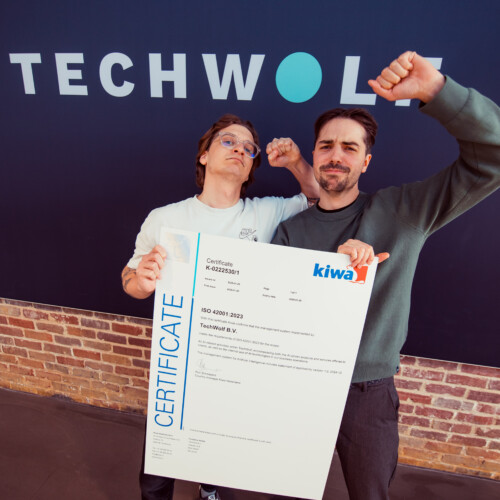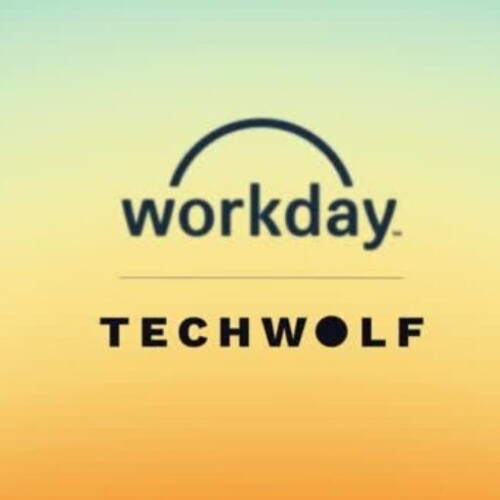The Many Definitions of Strategic Workforce Planning
The term has been buzzing around in offices - or Zoom meetings - around the world. But what does it mean?

Do you know that one thing that people around you always interpret differently than you do? Or the struggle of your latest Google quest; looking for “How to define…” and ending up with 10+ blog posts, all explaining the term in a slightly different way? Stogdill encountered this problem in 1974 while defining ‘Leadership’, stating there are as many definitions of a concept as people trying to define it.
It seems that the concept of Strategic Workforce Planning is heading in the same direction. HR thought leaders, strategists and researchers are dropping definitions all across the web and in meeting rooms, adjusting its explanation to their own experiences, specific use cases or the company strategy at hand. In this blog post, we’ll analyse some explanations circling on the web and find a complete, comprehensive and actionable definition of Strategic Workforce Planning. If you want, you can skip to the part where we propose that definition.
The search for the ideal definition
Performing the classic Google Search gives us a list of well-thought-out definitions. Let’s dive in and decompose them:
Who is the right person?
Strategic Workforce Planning is about making sure that the right person is in the right job at the right moment. This means that there are not too many people available (overstaffing) nor too few (understaffing).
This definition already ties three crucial components of Strategic Workforce Planning together: People, jobs and timing. However, the second half weakens the description by not focusing on the right kind of staffing, concentrating on quantity (over- and understaffing) over quality. Additionally, other questions start to pop up when you want to put this definition into practice: How do you find out who the right person is? How can you find out someone is proper for the job? And how do you know if it’s even the right time to fill in a job position like that?
Depending success on hiring alone
Strategic Workforce planning is all about ensuring that your company has the right people. Essentially, it’s about employing and deploying talent to keep things running smoothly.
This interpretation leaves us wondering whether attracting and hiring new talent is the only right strategy. Strategic Workforce Planning should be so much more than that, missing out on the reskilling and upskilling opportunities of employees. As i.a. a McKinsey survey states that it's more useful to close skill gaps by building instead of buying your workforce, shouldn't the definition focus on internal mobility as well?

Conceptualising talent by using skills
Strategic workforce planning is about making sure you’ve got the right number of people, with the right skills, at the right place at the right time so that they can deliver on the organisation’s business goals.
Skills! Bingo! Skills are the currency in today’s fluid and agile workforce. Making the word right from the two previous explanations explainable, skills can be seen as the atoms to conceptualise talent objectively. And that’s how this definition ties the measurable and manageable concepts of skills to an organisation's strategy, transforming Strategic Workforce Planning into a more actionable term. A recent survey by Insight222, found that 90% of the global companies wanted to move to a skills-based Strategic Workforce Planning process, indicating its importance. It still leaves us with the question of timing, though - when do you know whether now is the right time to invest in specific skills? Is Strategic Workforce Planning a one-time effort thing? We need more clarification.
One small step for HR
Workforce planning is a process, and as with any other process it is helpful to look at it as a series of steps ~ each with an output that leads towards successful completion.
Another crucial part of most explanations of Strategic Workforce Planning is the lack of clarity surrounding the timelines. Past strategic initiatives often ended up in the hands of consultants and project managers, leading to one-off reports on the workforce. Often we find that vendors all across the market still arrive at “cycle-based” approaches (like the image below), and whilst it is nice to see the loop has closed - step one comes after step five and the cycle repeats - it suggests there are isolated steps in this process. In reality, you can’t freeze the state of talent supply or demand while you analyse the skill gap: every component runs in parallel.

Continuously planning for today and tomorrow
Strategic Workforce Planning is the systematic process for identifying and addressing the gaps between the workforce of today and the human capital needs of tomorrow.
This definition focuses on the systematic approach to effective Strategic Workforce Planning, stressing the continuous analysing and optimising of the talent, the workforce and the organisation. Furthermore, it shows the importance of knowing the skill gap between the talent present today and the talent needed for future challenges. But what does addressing mean in this context? Do we solely depend on hiring and firing? It’s time to bring all the information from the above definitions together.
What Strategic Workforce Planning is really about
Taking all the above explanations and questions in mind, this is how we define it:
Strategic Workforce Planning is the continuous process of identifying the skills an organisation’s workforce has, what it needs now and in the future, while addressing the emerging skill gaps with the most effective action.
- TechWolf
To make it more actionable for your organisation, we broke it down into four distinct parts - which you should assess ceaselessly:
- Talent Supply: Know what skills your organisation has now.
- Talent Demand: Know what skills your organisation needs now and in the future.
- Skill gaps: Know the skill gaps and the skills health of your organisation.
- Workforce Actions: Taking the most effective actions (hiring, reskilling, upskilling) to close these skill gaps.

Stating Strategic Workforce Planning as a continuous process instead of a one-off exercise makes it sound like a ridiculous amount of work, specifically for larger organisations. However, with new technologies using automation and artificial intelligence, the feasibility of effective Strategic Workforce Planning is within their grasp.





